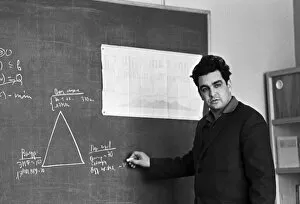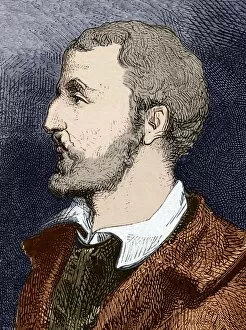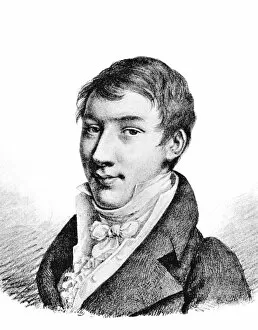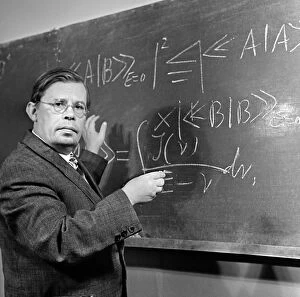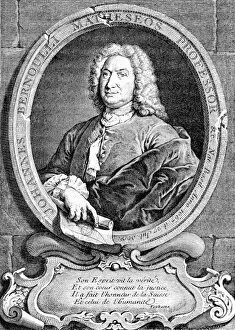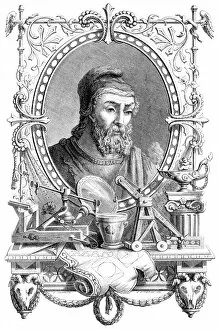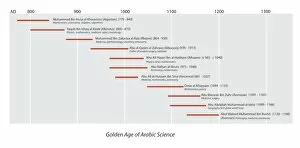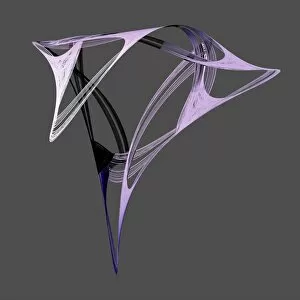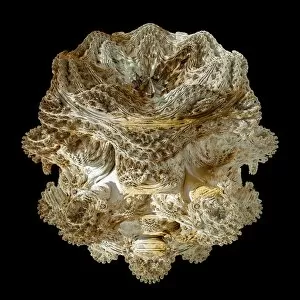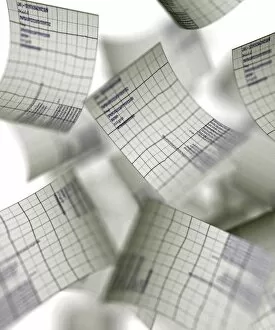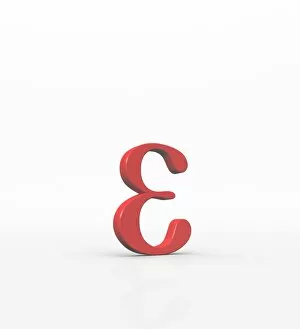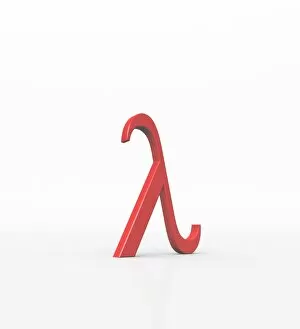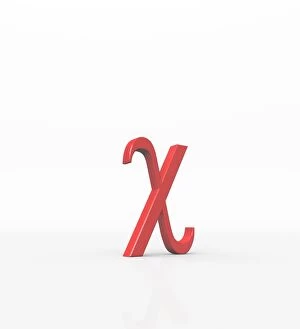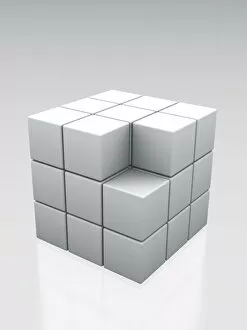Mathematics Collection (#50)
"Mathematics: Unveiling the Beauty of Numbers and Patterns" Step into the mesmerizing world of mathematics
For sale as Licensed Images
Choose your image, Select your licence and Download the media
"Mathematics: Unveiling the Beauty of Numbers and Patterns" Step into the mesmerizing world of mathematics, where intricate shapes and complex equations intertwine to reveal the secrets of our universe. From the captivating Mandelbrot Set, a masterpiece of fractal geometry, to the enchanting 19th-century Moroccan wall feature adorned with mathematical motifs, every corner holds a story waiting to be unraveled. Behold the Fibonacci spiral, an artwork that showcases nature's hidden harmony through its perfectly balanced curves. As we delve deeper into history, we encounter brilliant minds like Marie Curie, whose groundbreaking discoveries in science were rooted in her profound understanding of mathematics. Richard Feynman's caricature reminds us of his exceptional contributions to quantum mechanics and his ability to make even the most abstract concepts accessible. Ludwig Wittgenstein's caricature stands as a testament to his philosophical exploration on logic and language intertwined with mathematical reasoning. The Mandelbrot fractal takes us on a journey through infinite complexity within finite boundaries—a visual representation of chaos theory at its finest. Glimpses from Evariste Galois' manuscript remind us of his tragic yet revolutionary work in algebraic equations that laid foundations for modern algebra. Turning pages towards Leonardo Pacciolis' Summa de Arithmetica reveals ancient wisdom passed down generations—an ode to arithmetic's timeless significance. Particle physics equations beckon us into realms unseen—the language used by scientists worldwide to understand fundamental particles shaping our existence. Quasicrystals captivate with their symmetrical patterns defying conventional notions—mathematical wonders discovered only recently but echoing throughout nature since time immemorial. And let us not forget the humble logarithm table—a tool that revolutionized calculations across countless disciplines. In this vast tapestry woven by numbers and formulas lies humanity's quest for knowledge and understanding. Mathematics is more than just calculations; it is an art form that transcends borders and time, revealing the profound beauty hidden within our world.



